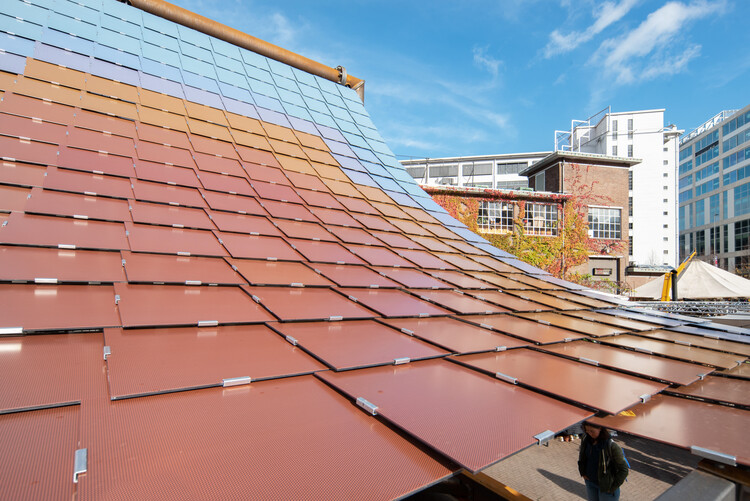
Introduction
Solar energy plays a pivotal role in both art and architecture, offering a sustainable and renewable source of power. This article explores the importance and relevance of solar energy in creative disciplines, providing a brief overview of its content.
Historical Background
Early civilizations recognized the potential of solar energy in art and architecture, utilizing sunlight to enhance aesthetic appeal and functionality. Over time, solar energy integration in creative disciplines has evolved, with artists and architects finding innovative ways to harness the power of the sun.
Key Concepts and Definitions
Solar energy refers to the process of harnessing sunlight for energy production, utilizing photovoltaic systems to convert solar energy into electricity. Photovoltaic systems use solar panels to capture sunlight and convert it into usable energy. Solar passive design involves architectural techniques that maximize the use of natural sunlight and heat.
Main Discussion Points
Solar energy in artistic installations
- Artists incorporate solar-powered lighting and kinetic sculptures, creating visually striking and environmentally-friendly artwork.
- Solar panels are seamlessly integrated into artistic structures, providing a dual purpose of aesthetics and renewable energy generation.
Solar energy in architectural design
- Architects incorporate photovoltaic systems into building facades and rooftops, generating clean energy while maintaining the architectural integrity.
- Solar passive design principles are employed in sustainable architecture, optimizing natural sunlight and heat for energy efficiency.
Case Studies or Examples
- The Solar Tree installation in Austin, Texas showcases the harmonious blend of art and solar energy, providing shade, lighting, and charging stations.
- The Solar Ark in Gifu, Japan is an iconic structure that utilizes solar panels to generate clean energy and serve as an educational center.
- The Solar Wind art installation in Manchester, UK captures wind energy to power its stunning LED lighting display.
Current Trends or Developments
- Advancements in solar technology are revolutionizing artistic and architectural applications, enabling more creative possibilities.
- Solar-powered public art projects are gaining popularity worldwide, inspiring communities and promoting renewable energy awareness.
- Smart cities and sustainable urban planning incorporate solar energy integration, reducing carbon footprint and promoting eco-friendly living.
Challenges or Controversies
- Balancing aesthetics with functionality poses a challenge when integrating solar energy systems into artistic expressions.
- Cost and maintenance considerations must be addressed when implementing solar energy in art and architecture.
- Debates surround the impact of solar installations on historical preservation, raising questions about the preservation of architectural heritage.
Future Outlook
- The potential for further innovation and experimentation in solar-powered art and architecture is vast, opening doors to new possibilities.
- Integration of solar energy is expected to become a standard practice in urban design and construction, promoting sustainable development.
- Developing countries are likely to embrace solar energy integration, contributing to a more equitable and sustainable future.
Conclusion
Solar energy integration in art and architecture offers a promising pathway towards a sustainable future. This article has highlighted the significance of solar energy in creative disciplines, emphasizing its potential for both aesthetic enhancement and renewable energy generation.
References
Scientific journals and research papers on solar energy integration in art and architecture, books and publications on sustainable design and renewable energy sources, websites of organizations focused on solar energy and creative disciplines.